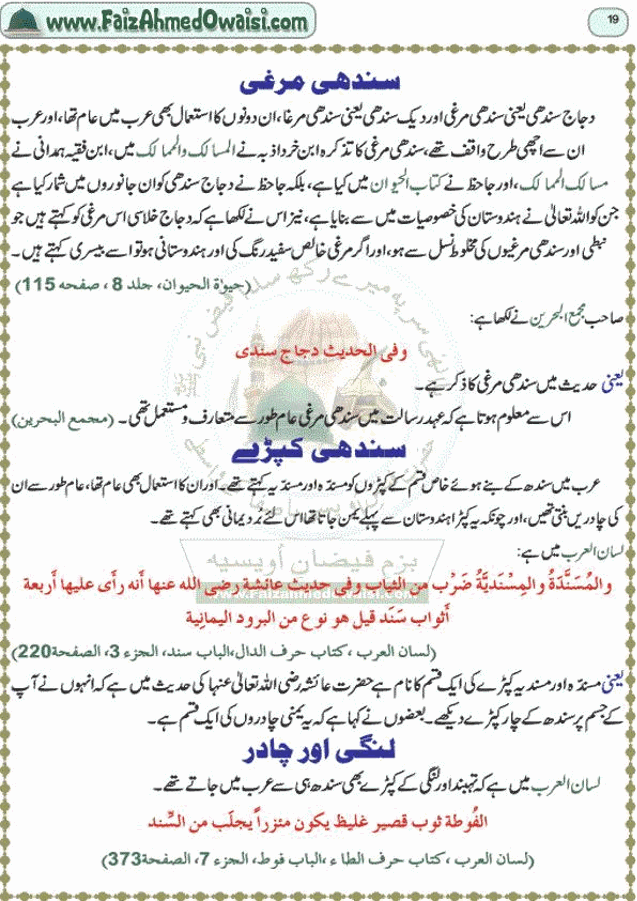Bu Ali Sina Books In Urdu Pdf Islamic Books
пятница 08 марта admin 27
Follow via Email Enter your email address to follow this blog and receive notifications of new posts by email.
The Islamic scientific thought developed on the crossroads of the oldest civilizations, in the space of constant tensions and riots. The development of the Islamic golden civilization is marked with the religion Islam and the influence of the Hebrew, Helenistic, Persian, Christian and other traditions and cultures. The Islamic scholastic philosophy revived the ancient Greek philosophy and preserved the heritage of Aristotle and Plato for the European renaissance. One of the greatest names of the falasifa-helenistically inspired philosophy-was Abdullah Ibn sina (Avicenna, 980-1037).
Ibn Sina, seen by some as a representative of pure aristotelism, by others as a neoplatonic, by the maority as an unique thinker whose spirit made it to the heights of geniality, a man whose books were burned by some khalifahs and banned by the Church, is mentioned in Dante's “Divine comedy” as one of the good people who did not know Christianity or were not Christians in the first circle of “Inferno” together with Aristotle, Plato, Heraclitus, Hipokrates and Averroes. His opus contains about three hundred works-46 on philosophical topics, 44 on medical, 81 works on astronomy and natural sciences and over 70 works on different religious topics. He gained glory with the work “Kitab al-Qanun fit-Tibb” (The Canon of Medicine) an enyclopaedia of medicine in five books, translated into Latin in the 13 th century by Gerardo de Cremone. The Canon of Medicine was the medical authority up until the 17 th century and was setting the standards for medicine in Europe and the Islamic world. “Al-Qanun fit-Tibb”-, The Canon of Medicine”, is a recapitulation of the medicine of that time.
It was written in five books: Book I-General principles, Book II-Materia medica; Book III-Diseases of the individual organs; Book IV-General diseases; Book V-Formula for remedies. This work is very similar to the works of Avicenna›s predecessors Muhammad ibn Zakariya al-Razi and Ali Ibn Abbas Al-Majusi, who presented the doctrine of Hippocrates, modified by Aristotle and Galen.
Yet, the Canon was more systematic and logical than other medical scriptures of that time, containing references of books of previous physicians, enriched and modified with Ibn Sina›s own reflections. The Canon was translated into Latin and had 15 Latin editions.
The Canon was the main textbook at the medical schools at Louvain and Montpellier till 1657. No medical book was studied to this amount in more then 600 years. Ibn Sina started writing this work in 1012, exactly thousand years ago, and finished it in 1024. He made the rules for experimenting and he was the first to conduct the modern scientific method.
In this experimental method, the true genius of Ibn Sina's originality could be seen; in it is his glory not only as a doctor, but as a philosopher, since many of his philosophical teaching came out from his scientific method. The characteristics of the islamic civilization and science The scientific contribution of the Islamic scholars to the scientific world is immense; from trigonometry and algebra to optics, chemistry, astronomy and other scientific disciplines. Massive translation and copying projects made Greek, Roman, and Sanskrit knowledge available to Islamic scholars across the empire.
Bu ali sina books in urdu In India, the first Urdu translation of all the fiVe books of al-Qdmln was completed.Ali Sina may refer to: Abu Ali Ibn Sina Avicenna 9801037, Persian philosopher, physician, and scientist Bu-Ali Sina University, a university in Hamedan, Iran.
Medieval Europe received the Hellenic classics that made the Renaissance possible mostly through Arabic translations. Building on Hellenic, Persian and Hindu sources, physicians within the Islamic Empire advanced medical knowledge enormously. Perhaps, their most significant single achievement was the establishment of medicine as a science based on observation and experimentation, rather than on conjecture. 

Islamic scientists developed the rudiments of what would later be called the scientific method. The Islamic scholastic philosophy revived the ancient greek philosophy and preserved the heritage of Aristotle and Plato for the European renaissance. One of the greatest names of the falasifa-helenistically inspired philosophy-was Abdullah Ibn sina (Avicenna).[,,,,,,,,,,,,,,]. Cover page of the book writen by Izet Masic et al.
 Entries made on the page will remain posted indefinitely.
Entries made on the page will remain posted indefinitely.
“Contribution of Islamic Tradition to Development of Medical Sciences, published in Sarajevo in 1997 About Ibn Sina and his contribution to medicine, many books and papers were written in almost all parts of the world. All authors agree that he was a great historical personality and that his influence on the progress of medicine and sciene was immense. They also agree that there are certain exaggerations concering his contribution, but they are united in the claim that The Canon of Medicine was something like a medical bible for hundreds of years, without medicine could not been studied.
